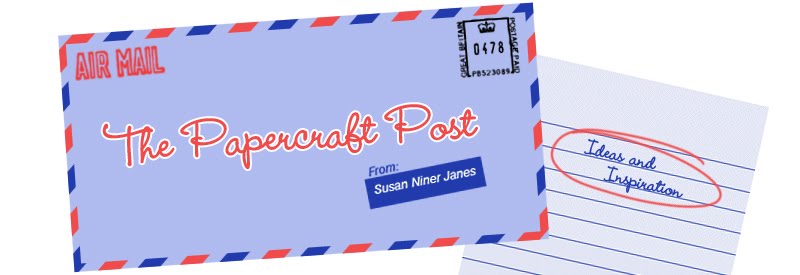Book Art Studio Handbook: Techniques and Methods for Binding
Books, Creating Albums, Making Boxes and Enclosures, and More
By Stacie Dolin and Amy Lapidow
Quarry Books, 2013
£16.99, paperback
Playing with Books: The Art of Upcycling, Deconstructing,
and Reimagining the Book
By Jason Thompson
Quarry Books, 2010
£16.99, paperback
Book art is having a moment. Perhaps the emergence of the
e-book is making crafters appreciate and value physical books more (sometimes
in kitsch and unusual ways). Book art can encompass both making books and making
things with books. Deconstructing
them, as it were.
The idea of books as craft materials used to make me flinch. But it is true that unsold books are sent to
be pulped. And library books are retired. And you just can’t keep everything.
So I’m OK with chopping up books for craft purposes now – as long as the book
is carefully selected for its expendability – and the end purpose is worthy.
With book art in mind, I am reviewing two craft titles. The
first title, Book Art Studio Handbook,
is about constructing books (as in bookbinding). The second, Playing with Books, is about using books
as a craft material. The first book is just published. Playing with Books came out in 2010. (The companion volume to Playing with Books, Playing with Paper, has recently been published. It is reviewed here.) Playing with Books has lots of craft book competitors now – it’s a
hot topic – but it is one of the best on the subject.
Book Art Studio
Handbook is a primer that covers the fundamentals of hand bookbinding. It
is not a title for the casual crafter – it is for the individual who seriously
wishes to acquire a new skill. Bookbinding is a very meticulous craft. Spending
time with this handbook offers a glimpse into the bookbinder’s world – I feel
as if I have attended a weekend bookbinding retreat.
The authors are both practising bookbinders. They generously
share their knowledge including info on tools, terminology, techniques, and tips
of the trade. All are covered here – in beautifully photographed step-by-step
detail. There are suggestions for setting up a studio space; advice on how to
choose materials and calculate paper quantities; plus techie details on how to sew the
textblock and glue the cover. There are also how-tos for making your own renewable
tools, like a punching trough and a sewing template.
In addition to the practical bookbinding info, there are
some lovely projects (grouped by difficulty), and an attractive gallery
section. In the project section, the Woven
Album with clever and colourful Jacob’s Ladder-style binding, and the 5-minute
Slipcase, a one-piece origami-style book enclosure stand out. Both have
wow-factor. The Gallery section features
variations on featured projects – so it is aimed at extending the reader’s newly-acquired
skills.



No comments:
Post a Comment